Donate now to support the LLIFLE projects.
Your support is critical to our success.
Your support is critical to our success.
Accepted Scientific Name: Copiapoa taltalensis (Werderm.) Looser
Revista Chilena Hist. Nat. 33: 614. 1929
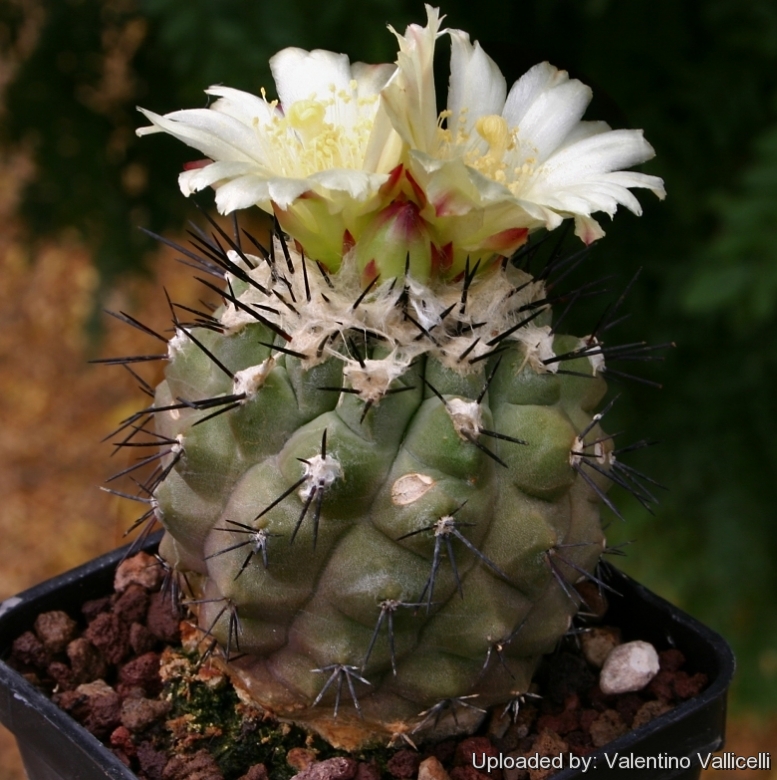
Copiapoa montana Photo by: Valentino Vallicelli
Synonyms:
- Copiapoa montana F.Ritter
- Copiapoa hypogaea var. montana (F.Ritter) G.J.Charles
See all synonyms of Copiapoa taltalensis
back
Accepted name in llifle Database:Copiapoa taltalensis (Werderm.) Looser
Revista Chilena Hist. Nat. 33: 614. 1929
Synonymy: 20
- Copiapoa taltalensis (Werderm.) Looser
- Copiapoa humilis subs. taltalensis (Werderm.) Doweld
- Copiapoa humilis var. taltalensis (Werderm.) A.E.Hoffm.
- Echinocactus taltalensis Werderm.
- Copiapoa desertorum F.Ritter
- Copiapoa rupestris subs. desertorum (F.Ritter) D.R.Hunt
- Copiapoa taltalensis subs. desertorum (F.Ritter) G.J.Charles
- Copiapoa desertorum var. rubriflora (F.Ritter) A.E.Hoffm.
- Copiapoa rubriflora F.Ritter
- Copiapoa rupestris subs. rubriflora (F.Ritter) Doweld
- Copiapoa desertorum var. rupestris (F.Ritter) A.E.Hoffm.
- Copiapoa rupestris F.Ritter
- Copiapoa hornilloensis F.Ritter
- Copiapoa desertorum var. hornilloensis (F.Ritter) A.E.Hoffm.
- Copiapoa rupestris subs. hornilloensis (F.Ritter) Doweld
- Copiapoa montana F.Ritter
- Copiapoa hypogaea var. montana (F.Ritter) G.J.Charles
- Copiapoa olivana F.Ritter
- Copiapoa montana subs. olivana (F.Ritter) Doweld
- Copiapoa rarissima F.Ritter
back
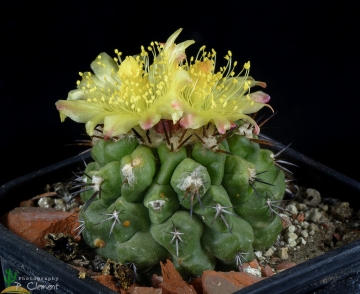
Copiapoa montana Photo by: Peiffer Clement
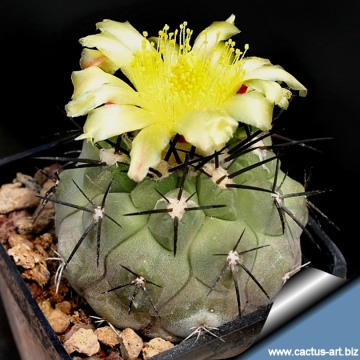
It is a small plant that produce lots of gloss Photo by: Cactus Art
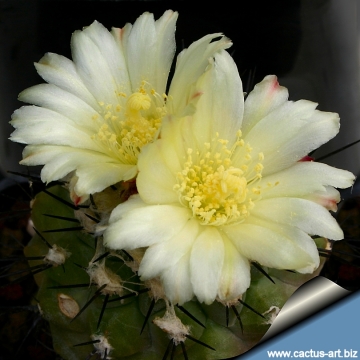
Copiapoa montana Photo by: Cactus Art
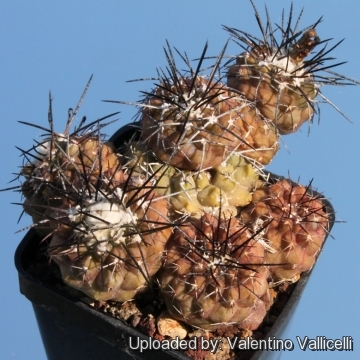
Copiapoa montana Photo by: Valentino Vallicelli
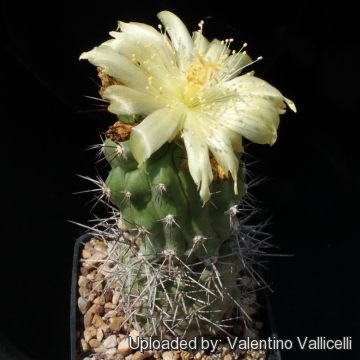
Copiapoa montana Photo by: Valentino Vallicelli
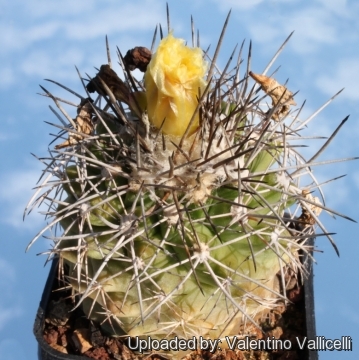
Copiapoa montana Photo by: Valentino Vallicelli
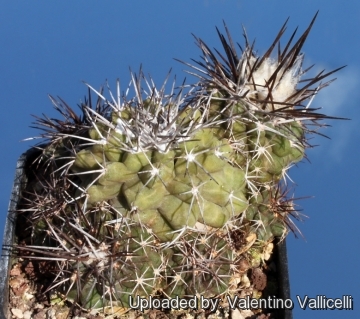
- FR522 ( Nord Taltal, Antofagasta, Cile ) This species has a very long thick taproot. Photo by: Valentino Vallicelli
Send a photo of this plant.
The gallery now contains thousands of pictures, however it is possible to do even more. We are, of course, seeking photos of species not yet shown in the gallery but not only that, we are also looking for better pictures than those already present. Read More...
The gallery now contains thousands of pictures, however it is possible to do even more. We are, of course, seeking photos of species not yet shown in the gallery but not only that, we are also looking for better pictures than those already present. Read More...
| Your Actions | |
|---|---|
| Back to Copiapoa index | |
| Back to Cactaceae index | |
 |
Back to Cacti Encyclopedia index |








